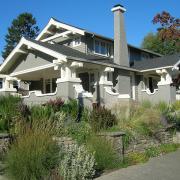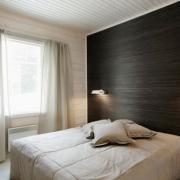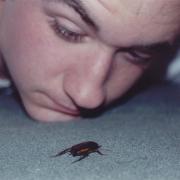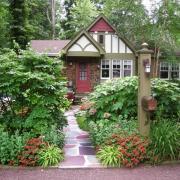How to Get Rid of Termite In Your House
The Great Northern Termite, the most aggressive termites known to mankind, was not known to be found south of the Tropic of Capricorn but they have been positively identified in a fast growing colony on the Gold Coast, causing home owners concern about the damage that these fearsome insects can inflict.
Just twelve weeks is long enough for these termites to severely damage the structure of your home and they are known to eat electrical wiring and bitumen also.
So, how can you protect your home?
All home owners need to be able to identify termite damage as soon as it appears, allowing them to be able to call in the experts to rid them of the problem. Look out for:
- Pencil wide foraging tubes on your windows, wood siding and other wooden structures.
- Damaged woodwork, hollowed out along the grain with mud or grit along the damage.
- Winged ‘swarmer’ termites along the floor or windowsills.

And to reduce the risk of infestation in the first place take the following action:
- Don’t let moisture build up around your foundation: Termites are attracted to moisture and will be more likely to colonise your property if there is constant moisture around your foundations. Divert water from your property with gutters and downspouts that are regularly cleaned and use splash blocks to keep the water from the soil around your home. Keep your faucets, water pipes and air conditioning units well maintained to reduce leaks. And even something as simple as making sure that your lawn sprinkler isn’t causing puddles around your home can vastly reduce your risk of being colonised.
- Reduce the contact of wood with the soil: Many infestations come from structural wood being in contact with the damp ground. Having your wood on the soil gives termites easy access and a safe home with lots to eat. Keep your wooden structures, such as latticing, wood siding or any other wood work, at least six inches from the ground to discourage the destructive insects. Bear in mind that pressure treated wood is not immune to termites, and even bedding wood in concrete will not deter termites who will enter through cracks or cut ends.
- Keep your crawl space low in humidity: Keep your vents free from debris build up which increases the humidity and attracts termites to the condensation and moisture build up. Ensure that your vapor barrier and vents are up to code and reduce the humidity in your crawl space by installing 4-6ml polyethylene sheeting over about 75% of the soil surface.
- Don’t store firewood or other wood against your foundation or inside your crawl space: By doing that you are setting up an ‘all you can eat’ buffet for the termites, and providing a hidden path for them to enter, bypassing any other deterrents you have invested in such as a termiticide soil barrier. Cardboard and old newspapers are also invitations to termites so keep your crawl space and foundation debris free at all times. Remove old tree stumps or rotting wooden structures as quickly as you can, to prevent termites discovering a way into your home.
- When gardening mulch sparingly: Mulch is an attractive and environmentally friendly approach to use in gardening, but unfortunately it is also attractive to termites. It is not a preferred food but it offers moisture and shelter. Other products such as pea gravel and crushed stone are just as attractive to the destructive creatures so keep your mulch to a maximum of two to three inches and ensure it is not in contact with your windows or wood sidings.
- Consider having a professional treat your home as a preventative measure: All buildings have openings which termites see as an invitation to move in. Using the above measures will make your home less attractive but a termiticide is the best prevention.










